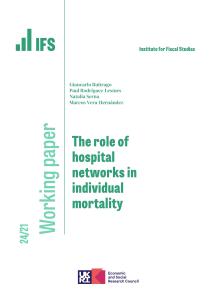Are challenging life courses associated with more wear and tear on the biological level? This study investigates this question from a life-course perspective by examining the influence of life-course risk accumulation on allostatic load (AL), considering the role of sex and birth cohorts. Using biomarker data collected over three waves (2004, 2008, and 2012) of the English Longitudinal Study of Ageing ( N = 3,824) in a growth curve framework, AL trajectories over a period of 8 years are investigated. Our results illustrate that AL increases substantially in later life. Men have higher AL than women, but increases are similar for both sexes. Older cohorts have both higher levels and a steeper increase of AL over time. Higher risk accumulation over the life course goes hand in hand with higher AL levels and steeper trajectories, contributing to the body of evidence on cumulative (dis)advantage processes in later life.








